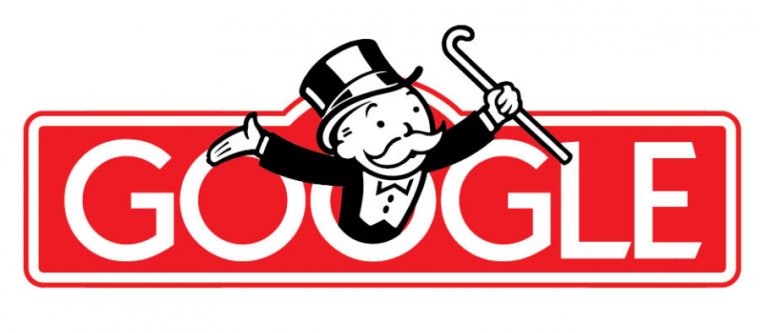Androids New OEM Rules In India Swap “requirements” With “revenue Sharing”

Google was forced to change Android's licensing system in another country, India. Although the dealings with these manufacturers are always secret, sometimes we learn more about them through various leaks. The latest information came from Kuba Wojciechowski over the weekend, showing how manufacturers are now able to sell Android in India compared to the rest of the world.
Android has an impressive 97 percent market share in India and is the second largest smartphone market in the world after China with 600 million devices. About three weeks ago, Google lost an antitrust case in India when the Competition Commission of India (CCI) created new rules for how Google can integrate Android with other Google services. The CCI fined Google $161 million, about five hours of Alphabet's $282 billion in annual revenue, or about 25 cents for each of India's 600 million mobile phones.
India's new competition rules are strikingly similar to those set by the European Union years ago, so much so that Google accused India of "treaty theft" in its antitrust ruling and said the CCI "largely copied the European Commission's rulings." Google's blog post about the decision describes some of the changes, such as B: OEMs can license individual Google apps, the default search engine is chosen via a voting screen, Android forks are allowed, and users can vote. Your payment provider.
However, if they opt for IMADA, they will only be able to launch certain variants of the device in India. If they choose MADA, they will be able to release the same device (with the same software) to most of the world. pic.twitter.com/BNIF6lJeXQ
— Kuba Wojciechowski 🌺 (@Za_Raczke) February 18, 2023
Google's licensing rules for OEMs are set out in the Mobile Application Distribution Agreement (MADA), which all OEMs must sign in order to license the Play Store or other Google apps. The Wojciechowski theme shows some changes in this document. A regular MADA currently requires a suite of 11 Google apps: Play Store, Search, Chrome, Drive, Gmail, Meet, Maps, YouTube Music, Google Photos, Play Movies and TV, and YouTube. There are also "position" requirements for the default layout of the main homepage, eg b. The Google search bar is front-center, and the Google Apps folder is on the home screen. In India, you can narrow this list down to the Play Store only if you get a license from Google. (If you don't want the Play Store, switch to Android and don't bother with Google at all.)
Various monopoly regimes around the world have scrapped this document, and now Wojciechowski says MADA applies to most of the world, IMADA applies to India, EMADA to the EU and TMADA to Turkey. . The rules are different all over the world. Google's tactic is that anyone who signs a MADA agreement for a particular region must restrict software developed in that region and bear the costs of supporting the development of additional software. You can also routinely sign global MADA documents that contain all of Google's old packaging rules and build software in different regions.
Under the old MADA deal, Google provided Android for free to OEMs and recouped Android development costs through the Play Store and Google's advertising fees for search and maps. This model is so profitable that Google shares a portion of ad revenue with OEMs, essentially paying them to use Android instead of other operating systems. In the EU, OEMs that choose to migrate Google services will be charged an Android upfront fee of $40 per device and will not receive revenue shares.
India seems to have a similar income distribution scheme to keep everyone on track. Wojciechowski writes of "Indian deployment deals" that offer "per-app rewards" for any Google app that OEMs want to include. So, as in the EU, an antitrust ruling could try to nullify Google's Android "requirement," but the result would be two very different "choices" for OEMs. They can follow Google's old rules and pay to use Android, or they can break the rules and pay for Android out of their own pocket and hope that profit comes in some other way.








